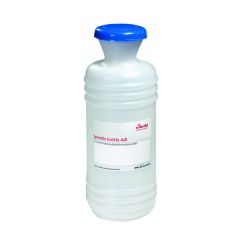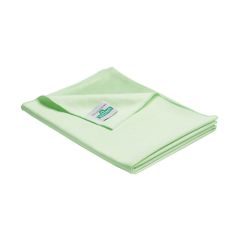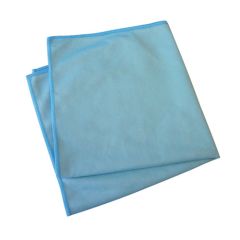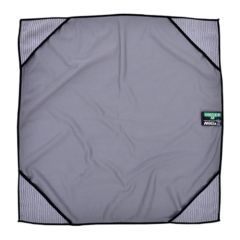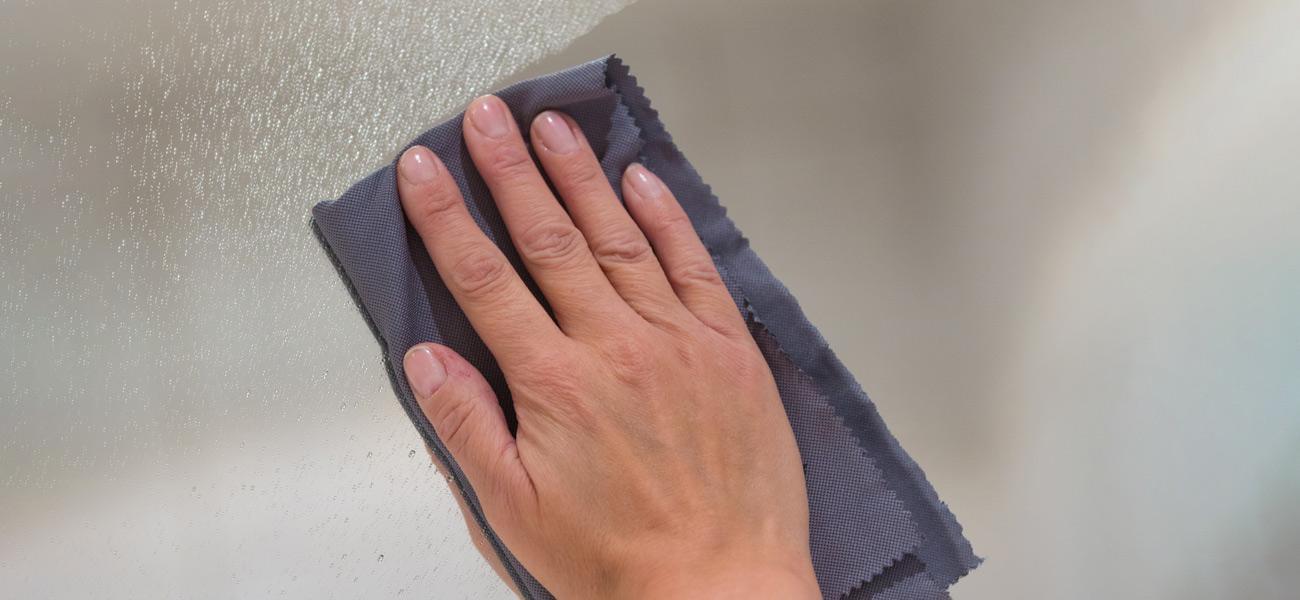
How to moisten a micro fibre glass cloth?
Windows and glass surfaces bring light and space to the room, but for them to remain shiny, it is necessary to clean glass surfaces constantly. A frequent problem when cleaning glass surfaces is that wiping marks are left on the surface. For a streak-free result, it is important that the micro fibre glass cloth be at the right level of moisture since a cloth that is too wet will leave wiping marks on window glass and glass surfaces.
Every glass cloth needs a different amount of liquid to achieve the right level of moisture. Information on the amount of wetting liquid can be found on the product card, or you can ask PuhastusImport’s experienced specialists.
How to moisten a glass cloth?
Pre-moistening:
Pre-moistening is the surest way to achieve the right level of moisture in a cloth. For this, the necessary amount of glass cloths, a bucket or some other container, and the recommended amount of wetting liquid are necessary. Pour the liquid in the container and place the folded glass cloths in the liquid, so that the closed edge is below. After a few seconds, rotate the cloths. In a few minutes, the moisture will reach the cloths’ every corner evenly. This method is suitable for pre-moistening every cleaning cloth with water as well as with cleaning agent washing solutions.
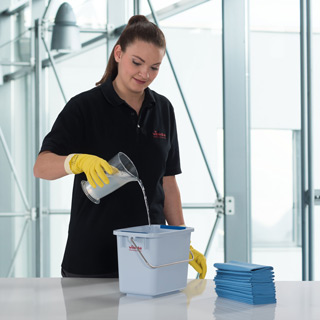
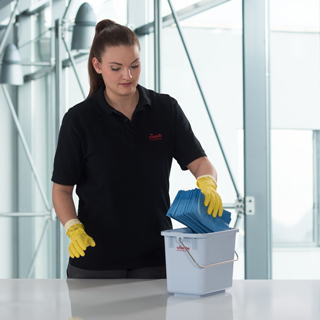
Damping bottle
Another way of moistening glass cloths is to use a damping bottle. For this, fill the damping bottle with liquid and move the bottle against the cloth or drip the liquid at the height of a few centimetres. It is worth keeping in mind that it is recommended to use lukewarm water in the damping bottle so that water comes out of the holes better. With the damping bottle, it is difficult to estimate when the right amount of wetting liquid has been added to the glass cloths, therefore you must be careful not to accidentally make the glass cloth too wet. Because of this, it is recommended to add a smaller quantity at first, then repeat the process as needed.
Instead of a damping bottle, a spray bottle may also be used, but it is more tiring for the hands than a damping bottle. When using a spray bottle, the liquid must not be sprayed directly on the surface, but to moisten the glass cloth, then clean the surfaces.
It is recommended to prefer a damping bottle to a spray bottle, since it is easier to clean, and in using a damping bottle, not as many chemicals will be released in the air as with the spray bottle. If you do wish to use a spray bottle, moisten the glass cloths with clean water.
Patting with a wet hand:
At home, where it is not necessary to moisten a large number of cloths and clean many various glass surfaces, an easy way to moisten the glass cloth is by patting the cloth with a wet hand. Make your hand wet under the tap and pat the cloth a few times. If you feel that more moisture is required, repeat the process, but be careful not to wet the glass cloth too much..
Clean water is best suited for cleaning glass surfaces
It is often thought that glass cleaners must be used to clean glass surfaces. Actually, a micro fibre glass cloth and clean water work wonders too. Micro fibre cloths are very effective for cleaning glass surfaces, glass cleaners are not strictly necessary. It is recommended to use as little glass cleaner as possible, since chemicals might cause irritation in the eyes and in the respiratory system. In addition, the substance accumulates when used often, which is why the glass surface will lightly attract dust, and the surfaces still seem dull and greasy even after cleaning.
Ask for additional information:

